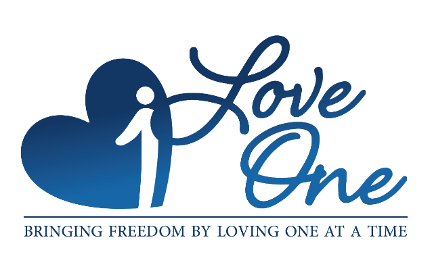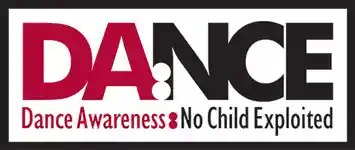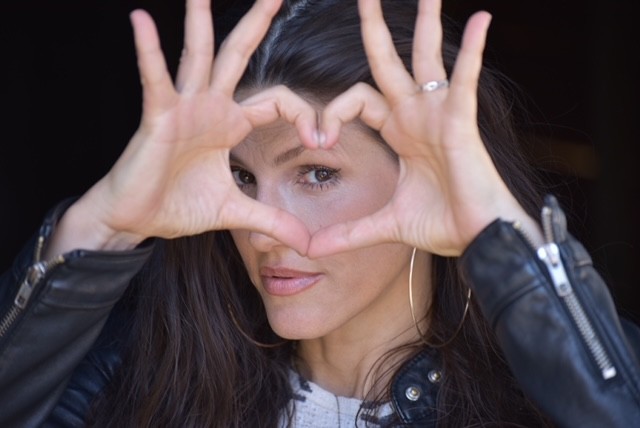Dance is a beautiful and healthy form of self-expression for both children and adults. It helps us build coordination, confidence, and connection with others. It brings joy, encourages creativity, and can be a powerful outlet for emotion. However, in recent years, the art of dance has been increasingly impacted by the hypersexualization of children—especially through media and performance. This shift can have damaging consequences, and it’s something we must thoughtfully address.
I am not a dancer by any stretch of the imagination. But I do love to move my body to music, preferably without an audience. Some of my favorite memories from when my children were little were the impromptu dance parties in our kitchen or living room. Even before children can talk, they can dance. You might even argue that they danced in the womb, long before they uttered a sound.
I have had the honor of traveling periodically to Ghana since 2008. My initial visit was as a 19-year-old, embarking on my first journey across the ocean. After nearly 10 hours, we finally arrived on the great continent of Africa, in the country of Ghana. The sights, smells, and sounds—everything was different. I loved it!
Ghana’s culture is more community-based than individualistic. When you are a welcomed guest in a community, there is a welcome “procedure,” if you will. Everyone gathers under the shade of the largest tree. The musicians begin beating drums and percussion instruments, creating intricate rhythms. Then, a community leader will begin to sing a song, line by line, as the group responds in chorus. Finally comes the dancing. In Ghana, you do not dance alone; you dance in groups.
While it was very uncomfortable for me to attempt to dance, it was an incredible feeling to be part of something bigger. I didn’t understand a word of what was being sung or know any of the moves, but human joy and connectivity don’t need words. The rhythm, the movement, the togetherness—it all fostered a deep sense of belonging.
Besides fostering connection, dancing can help us reset our emotions. While I was attending school to become a holistic life coach, one of our instructors shared that a short dance party in between clients can help us let go of any previous tension and come back to the present, ready to move forward freely. I was skeptical, but being a dutiful student, I gave it a try. It worked! Now, it has become one of my favorite reset methods.
While dance is an incredible mechanism for creating joy, connection, and resetting, it is crucial to address the concerning trend of sexualizing children through dance. In many dance competitions, performances, and social media content, young dancers are dressed in revealing outfits, taught suggestive choreography, and encouraged to perform in ways that mimic adult sensuality. I have witnessed this concerning trend especially in social media.
From a life coaching perspective, this is deeply troubling. One of the core principles of life coaching is partnering with individuals to cultivate authentic confidence and a sense of self-worth that is intrinsic rather than dependent on external validation. When children are conditioned to seek approval through sexualized performances, it reinforces unhealthy beliefs about self-worth being tied to appearance and performance rather than their innate value as individuals.
Objectifying children through dance is not just damaging to them individually—it is harmful to our entire culture. When society normalizes the hypersexualization of children, it erodes our collective sense of responsibility to protect them. It also contributes to a broader culture that values people for how they look and perform rather than who they truly are.
Dance should be a source of joy, creativity, and connection—not a means for children to gain attention in ways that are inappropriate for their age. As a society, we must be intentional about preserving the innocence of dance, ensuring that it remains a safe space for exploration and self-expression rather than performance for titillation.
So, how do we take action? Parents, educators, and dance instructors can be mindful of the messages being sent through choreography, costumes, and performances. We can support dance programs that emphasize creativity and skill rather than appearance and social media appeal. And we can encourage children to experience dance as it was meant to be—an avenue for joy, connection, and belonging.
Whether we are moving freely in our living rooms, joining in cultural dances, or participating in structured classes, dance reminds us that we are part of something greater. It has the power to bring joy and connection, and it is our responsibility to protect this gift for the next generation. Let’s use the power of movement for good, ensuring that dance remains a celebration of life, not a performance of expectations.
 Bio: Morrisa Berkley is a certified life coach and the founder of Love One, a prevention-focused, counter-human trafficking nonprofit dedicated to protecting vulnerable youth and adults through education and community engagement. LoveOne.Today With a passion for personal growth and resilience, she specializes in coaching individuals in high-stress, emotionally demanding roles, helping them set healthy boundaries, navigate challenges, and achieve their goals. As a wife and mother of two, she understands the importance of balance and self-care. In her spare time, she enjoys reading, running, and going on adventures with her family. Learn more about her coaching services at coachingforyourfuture.com
Bio: Morrisa Berkley is a certified life coach and the founder of Love One, a prevention-focused, counter-human trafficking nonprofit dedicated to protecting vulnerable youth and adults through education and community engagement. LoveOne.Today With a passion for personal growth and resilience, she specializes in coaching individuals in high-stress, emotionally demanding roles, helping them set healthy boundaries, navigate challenges, and achieve their goals. As a wife and mother of two, she understands the importance of balance and self-care. In her spare time, she enjoys reading, running, and going on adventures with her family. Learn more about her coaching services at coachingforyourfuture.com


